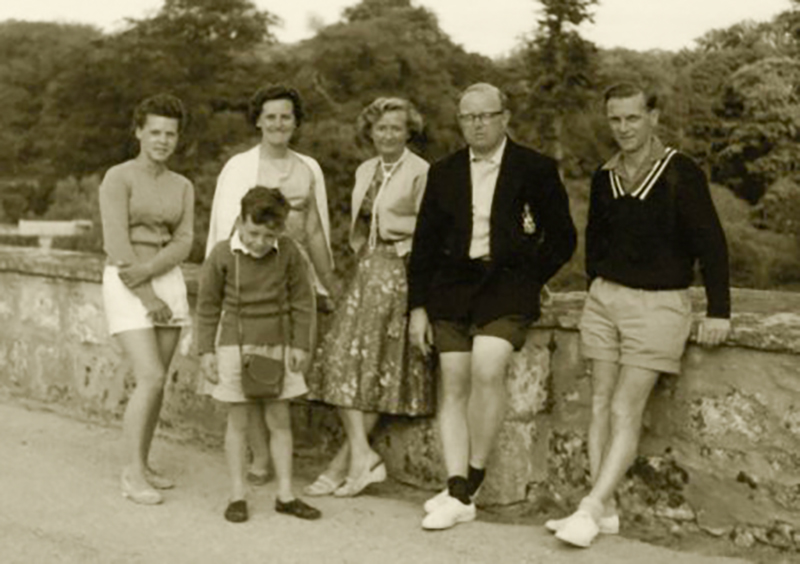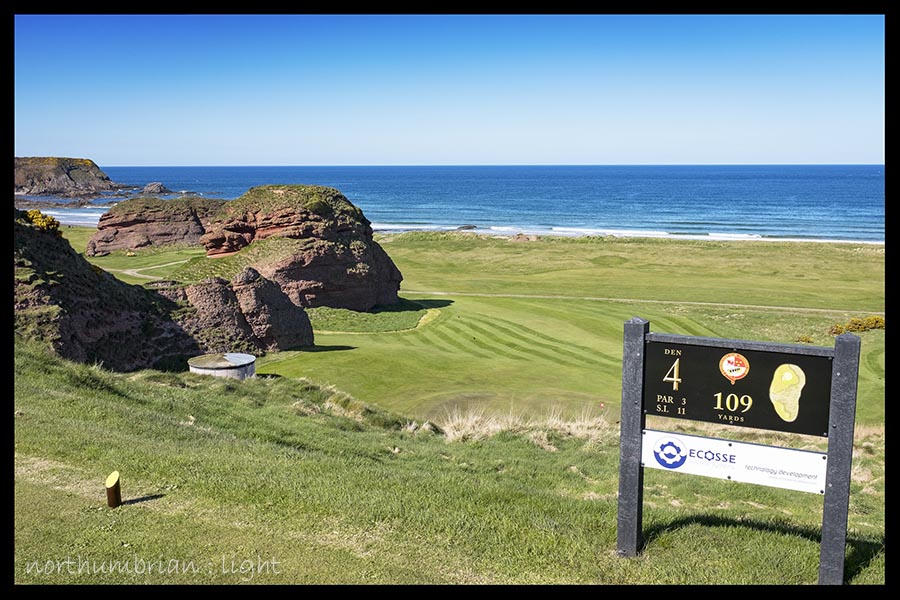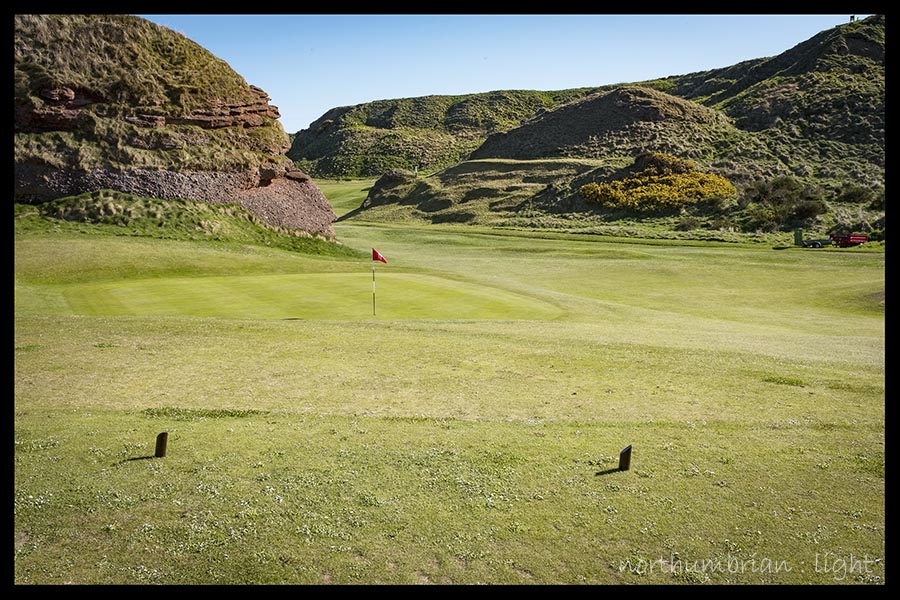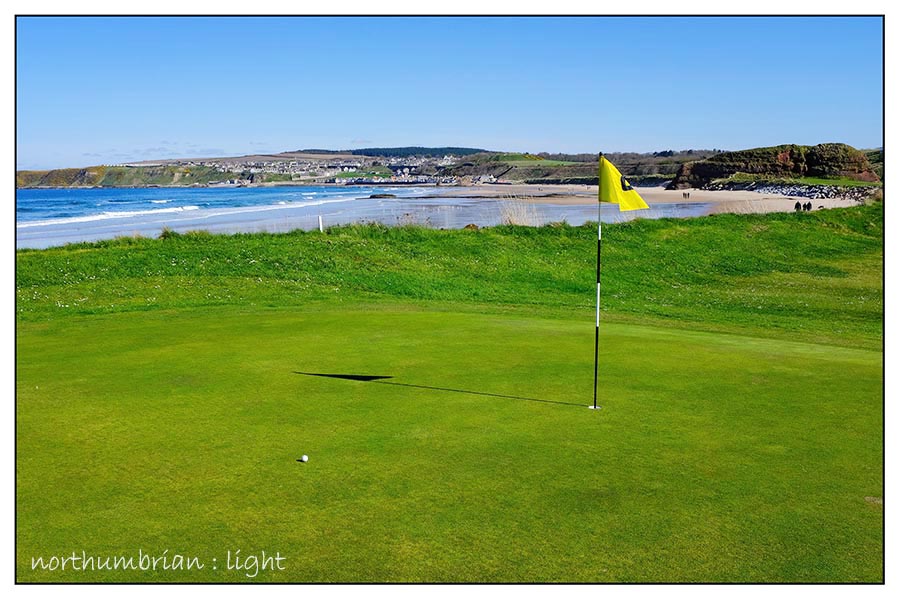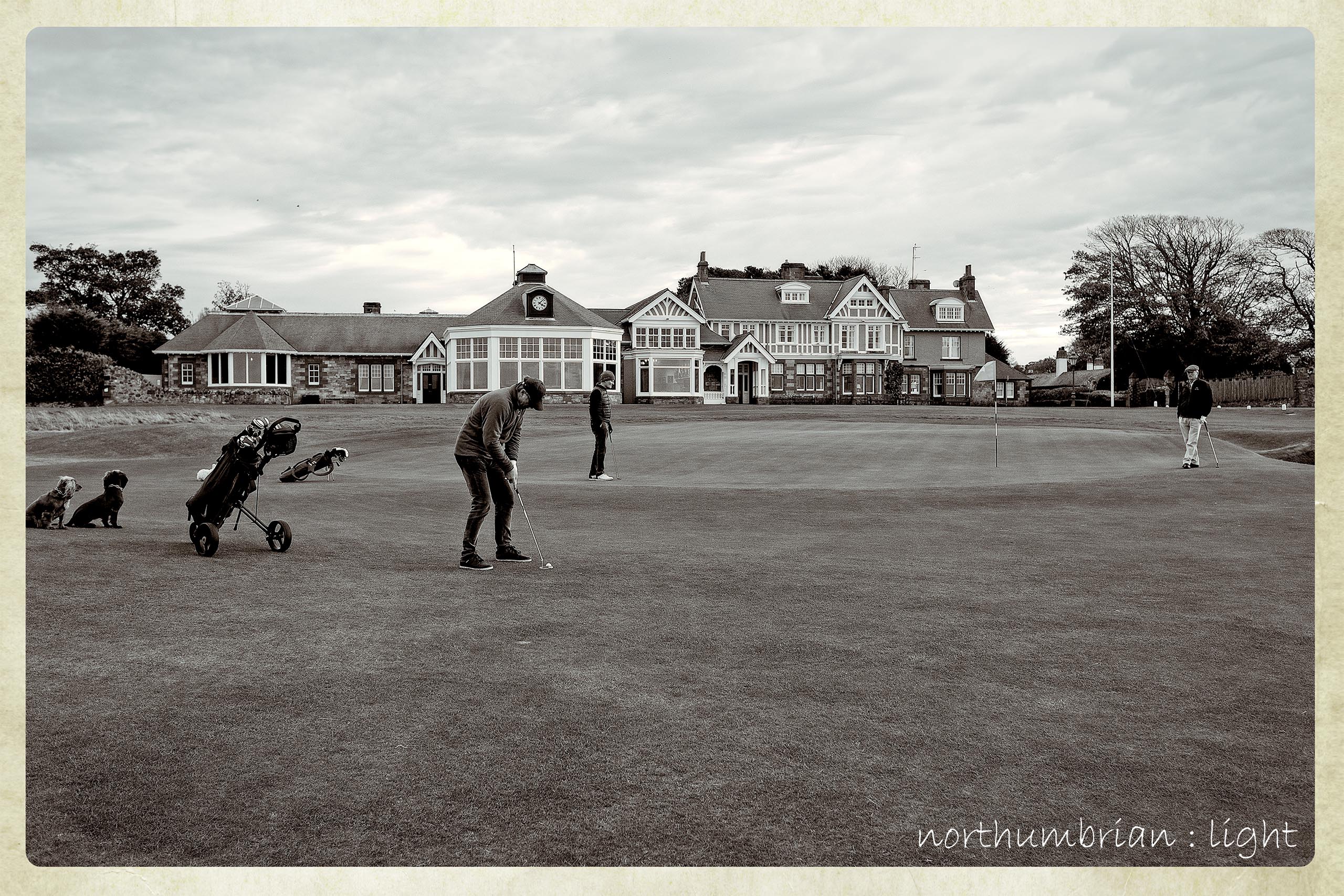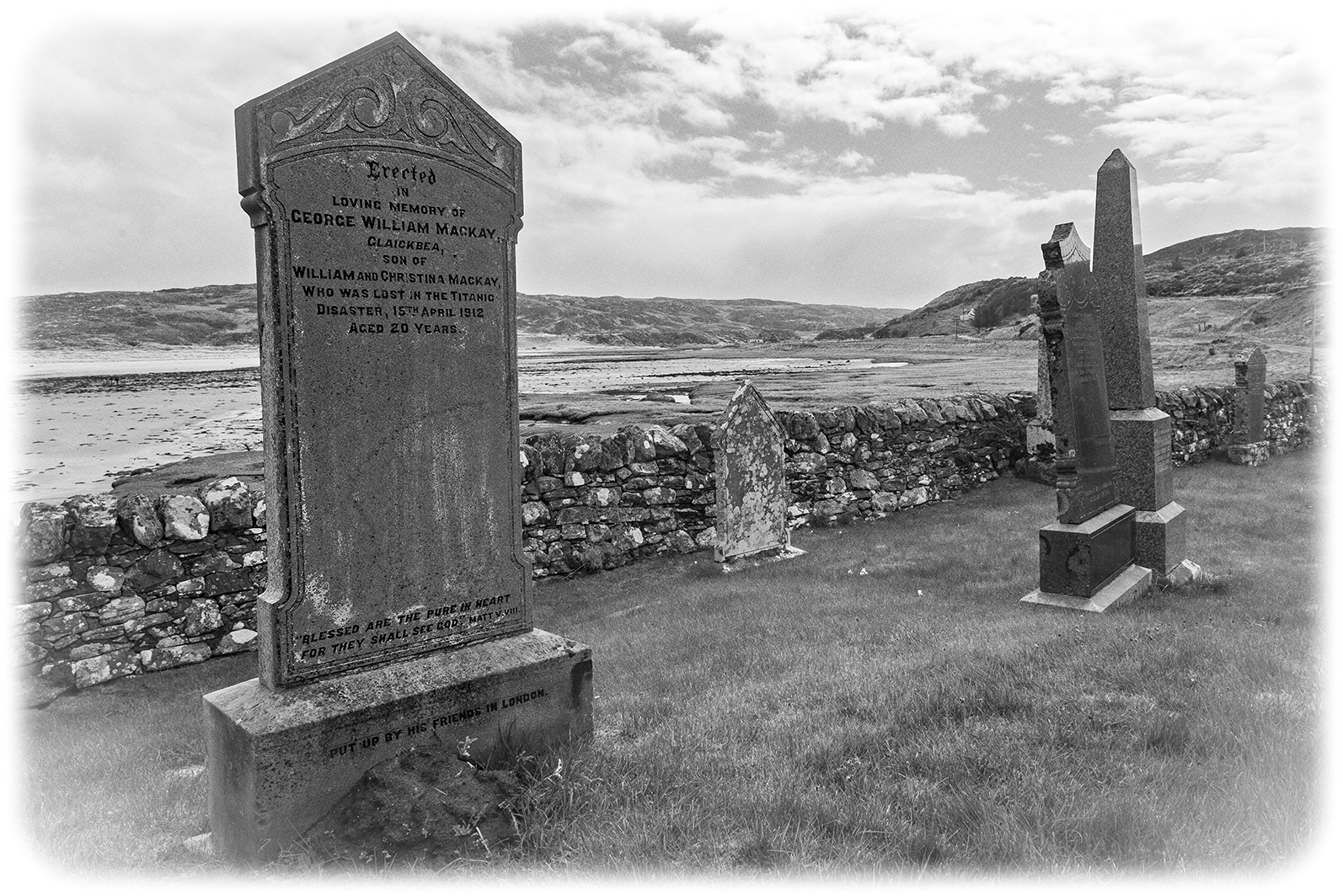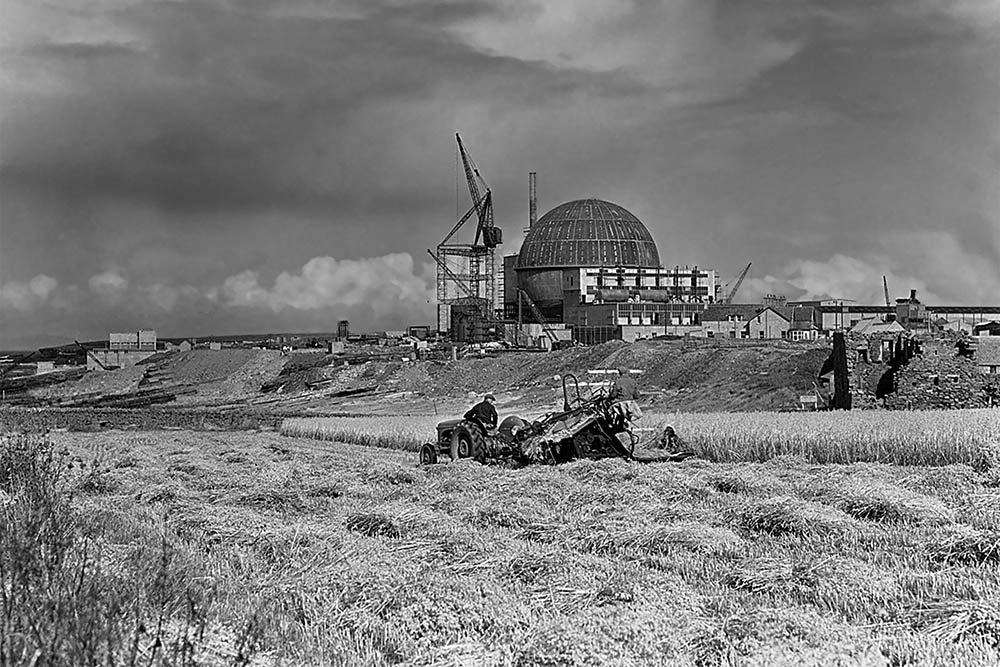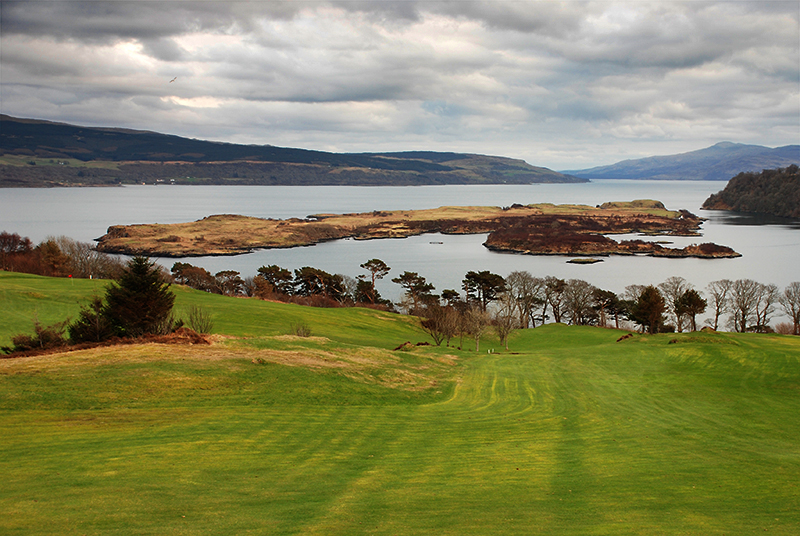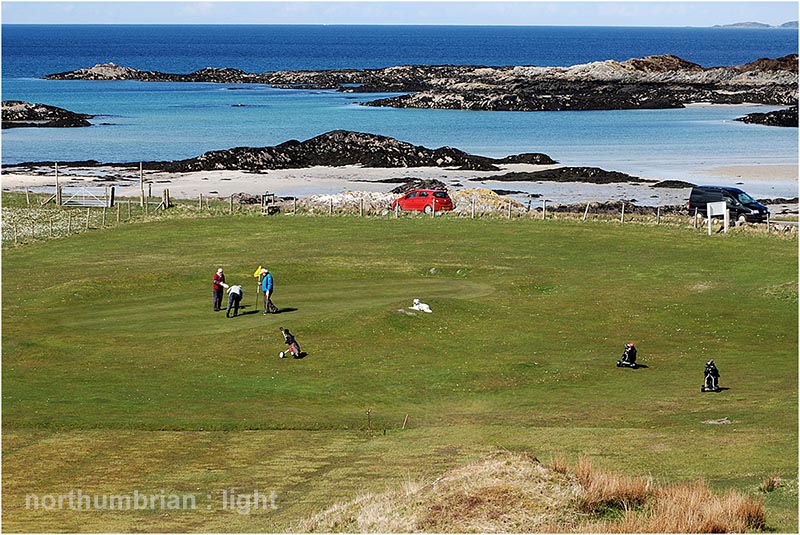I was last here in 1958 or 1959 but let’s just assume it was ’58 for the neatness of a sixty year symmetry. If I am to return again, I will not have the option of leaving it so long; time is running out.
I have vague memories of the golf course behind the beach; I remember the gasometer dominating the eastern end of the town, now demolished; I remember the string of viaducts that create a theatrical backdrop to the bay; I remember mithering for a pen-knife emblazoned with a kilted Scot and bagpipes and almost immediately slicing my thumb, blood everywhere; I remember gurning in the holiday photographs, a different pose and face for every occasion; I remember a determination to go in the sea everyday, regardless of the weather and, throughout everything, I remember my teenage sister as unconvincingly grown-up and immensely irritating. Most of all, I remember the stinging slap to the back of an unprotected leg, my mother the executioner, never my dad.
All this time gone by and here I am again, standing outside the Bay View Hotel, now a private house, my thoughts no longer centred on pen-knifes and the multifarious ways to irritate an irritating sister. These many years later I am here to play golf but how different it might all have been. Dad was accomplished at cricket, football and tennis, so why not golf. If we had walked Cullen’s fairways in the 1950s what memories might we have shared, how often might we have returned. No first nor final rounds – dad, I hardly knew you:
Two world wars, economic depressions, genocidal dictators, material privations, the ominpresence of death … enduring such stuff is not propitious for the embrace of affective ostentation, for the desire to get in touch with our inner entitlements, for the infantile need to share our pain, for the comfy validation of our self-pity, for the slovenly annihilating of our restraint, for the quashing of our shame.
Jonathon Meades – An Encyclopaedia of Myself
Sixty years on, the stage is empty, my audience gone.
Nothing quite prepares you for the joy of playing Cullen Links. It may be the shortest of the 84 true links courses in Scotland but the lack of distance does not diminish the test nor the enjoyment. There are ten par threes, some blind, some long, some protected by rock and some a combination of all three – this is crazy golf on the grand scale and I love it.
